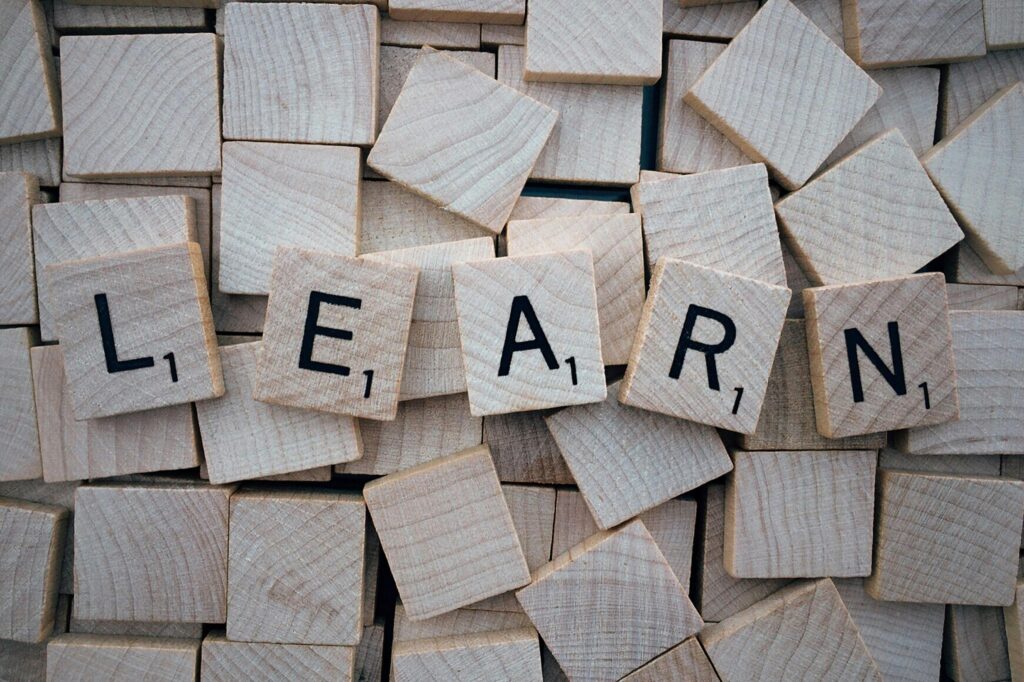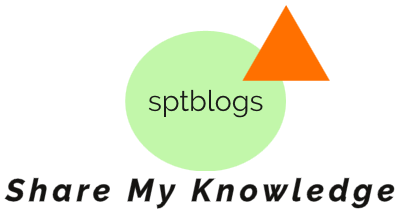AI in Education: Shaping the Future of Learning
1. AI in Education
1.1. 1. Definition and scope of AI in education
Artificial Intelligence (AI) in Education is the use of intelligent computer systems to augment and assist educational experiences. All this leads to a diverse range of applications from personalized learning platforms to automated grading systems.
1.2. Past of AI system in the classroom
AI’s history in education dates back to the 1970s when basic computer-assisted instruction programs like PLATO were developed. Over time, it has progressed to more advanced systems that can cater to the needs of each learner.
1.3. Current landscape of AI and its adoption in schools
The State of AI in Schools Today Whether it be chatbots easing students’ questions, or virtual reality simulations for immersive learning, AI is transforming the way we teach and learn.
2. Artificial Intelligence–Enable Personalized Learning

2.1. Adaptive learning and its advantages Adaptive learning platforms
Artificial intelligence (AI) is playing an increasingly important role in education, the way that students learn, and the overall learning experience. These systems tailor the amount, speed, and material to the student’s progress and preferences.
2.2. Adapting content to the specific needs of students
AI can assess a student’s strengths and weaknesses for tailored content. For example, if it learns that a student is struggling to understand fractions, it might provide more practice problems on fractions.
2.3. Drawbacks and limitations of personalized learning
Although personalized learning provides many advantages to individuals, it is not without challenges. These involve the necessity of quality content across a diverse range of subjects, and the loss of learning in a collaborative setting.
3. Intelligent Tutoring Systems
3.1. How intelligent tutoring systems function
Intelligent tutoring systems employ AI to guide students one-on-one. They’re able to explain concepts to you, and give you hints and follow-up guidance, like a human tutor would.
3.2. Case studies of success
A case in point of this approach is Carnegie Learning’s MATHia platform, which has yielded impressive gains in student math performance.
3.3. AI tutors vs (Human tutors)
AI tutors can give immediate feedback and work around the clock, but they cannot always match the empathy and intuition of their human counterparts. It might be emphatically both — a perfect balance.
4. AI in Assessment and Grading
4.1. Automated grading systems for different subjects
AI is capable of grading multiple-choice tests, essays and coding assignments. That saves teachers time and gives students immediate feedback.
4.2. Read more AI-powered assessment tools for formative evaluation
This allows teachers to identify areas in which students need additional support.
4.3. Human touch is an important part of grading along with AI
Though AI can perform many aspects of grading, human oversight is still important, especially for more complex assignments that need subtle appreciation.
5. Virtual and Augmented Reality in Education
5.1. Applications of VR / AR in various subjects
VR and AR can make abstract ideas tangible. For example, students can study the human body in 3D or visit historic sites.
5.2. Advantages Of Immersive Learning Experiences
Immersive experiences magnify engagement and retention. They enable students to engage with the subject in ways that weren’t possible in the past.
5.3. Advice for schools looking to implement VR/AR in their classrooms
Institutions should factor in the expenses for relevant hardware, VR/AR educators, and the risk of wellbeing-related issues.
6. Application of AI in Curriculum Planning & Content Development
6.1. Lesson planning tools with AI support
For lesson plan creation, AI can assist teachers with activity and resource recommendations specific to the learning objectives and needs of their students.
6.2. Intelligent content creation for learning materials
AI is also capable of generating quizzes, summaries, and explanatory videos, which saves teachers content creation time.
6.3. AI-Powered Features—Revolutionizing Textbooks
AI-enhanced features such as interactive quizzes, adaptive content, and real-time updates can be integrated into digital textbooks.
7. Artificial Intelligence in Special Education and Language Learning
7.1. Customized Solutions For Students With Special Needs
For students with learning disabilities, AI can offer customized assistance, such as text-to-speech for dyslexic students.
7.2. Language learning tools and platforms that leverage AI
Products like Duolingo are using AI to adjust to the speed of the learner and offer individualized practice.
7.3. AI to tackle diversity and inclusivity
AI can help develop inclusive educational resources by recognizing different forms of diversity in representations, analyzing biases in the content, etc.
8. # Data Analytics and Predictive Modeling in Education
8.1. Contributions to educational data mining techniques
AI can be utilized to mine large volumes of educational data, providing insight into learning trends.
8.2. With predictive analytics to improve student outcomes
Through analysis of historical data, AI can forecast who is likely to lag behind — and intervene early.
8.3. Data Ethics in Use: Teaching Privacy and Ethical Issues
While data analytics holds immense potential for enhancing educational outcomes, it also raises concerns related to student privacy and data security.
9. AI Solutions to Assist Educators and Leaders
9.1. AI language learning assistants and their roles
AI assistants help manage routine tasks such as addressing frequently asked student questions, freeing up time for teachers to engage in more complex teaching activities.
9.2. AI automating administrative tasks
AI can help streamline tasks such as scheduling, inventory management, and student enrollment processes.
9.3. 1: AI for Educators: Professional Development Opportunities
In particular, teachers require ongoing training, not only on how to use AI tools in their classrooms but also on how AI will impact education.
10. Ethics and Future Directions
10.1. Tackling bias and fairness in AI learning tools
Ensuring that AI tools don’t reproduce existing bias and give all students a fair chance.
10.2. Certainly! Here is another way to rephrase the given sentence:
Educational institutions should be able to explain how AI systems make decisions with student learning in mind.
10.3. Trends for the future and the possibilities in AI for education
Possibly more advanced AI tutors, customized educational experiences, and combined AI-person teaching frameworks could be seen in the future.
11. Summary
Data is the new oil of the 21st century, so what will it change? It also has challenges that must be addressed thoughtfully. It is all about finding the best ratio between artificial intelligence and humans in education.
12. Frequently Asked Questions
- But is AI going to take over for teachers? However, AI is meant to augment teachers rather than replace them. While teaching roles may change, educators’ mentorship and human interaction are still necessary.
- How will schools pay for AI technology? Whether artificial intelligence educational aides are becoming more affordable. Schools can also apply for grants or form partnerships with tech companies.
- The other thing that is being argued is whether, is AI only for those students inclined toward technology? No, AI tools are easy to use and students of all tech literacy levels can take advantage of them.
- Q: What does AI do to preserve student data privacy? Reputable AI education organizations abide by strict data protection regulations. Schools must also adopt clear policies on data use and protection.
- (ANNAPOLIS, MD) — Harnessing the unlimited potential of artificial intelligence could help students with disabilities bridge learning gaps and ensure that special education is delivered legally, according to a new study commissioned by Gov. Wes Moore. Yes, AI is indeed able to provide personalized support and adaptive technologies for students of different learning needs.

